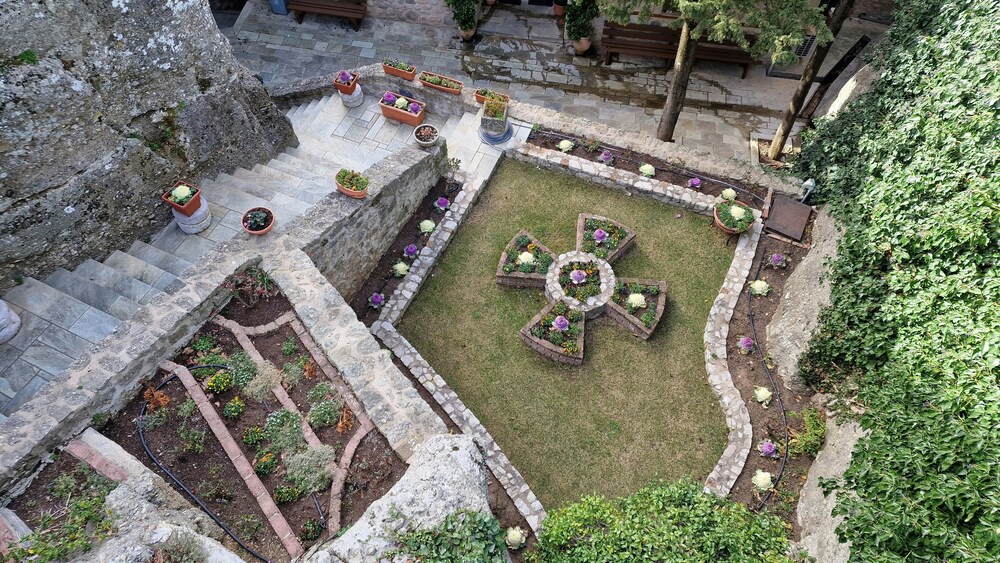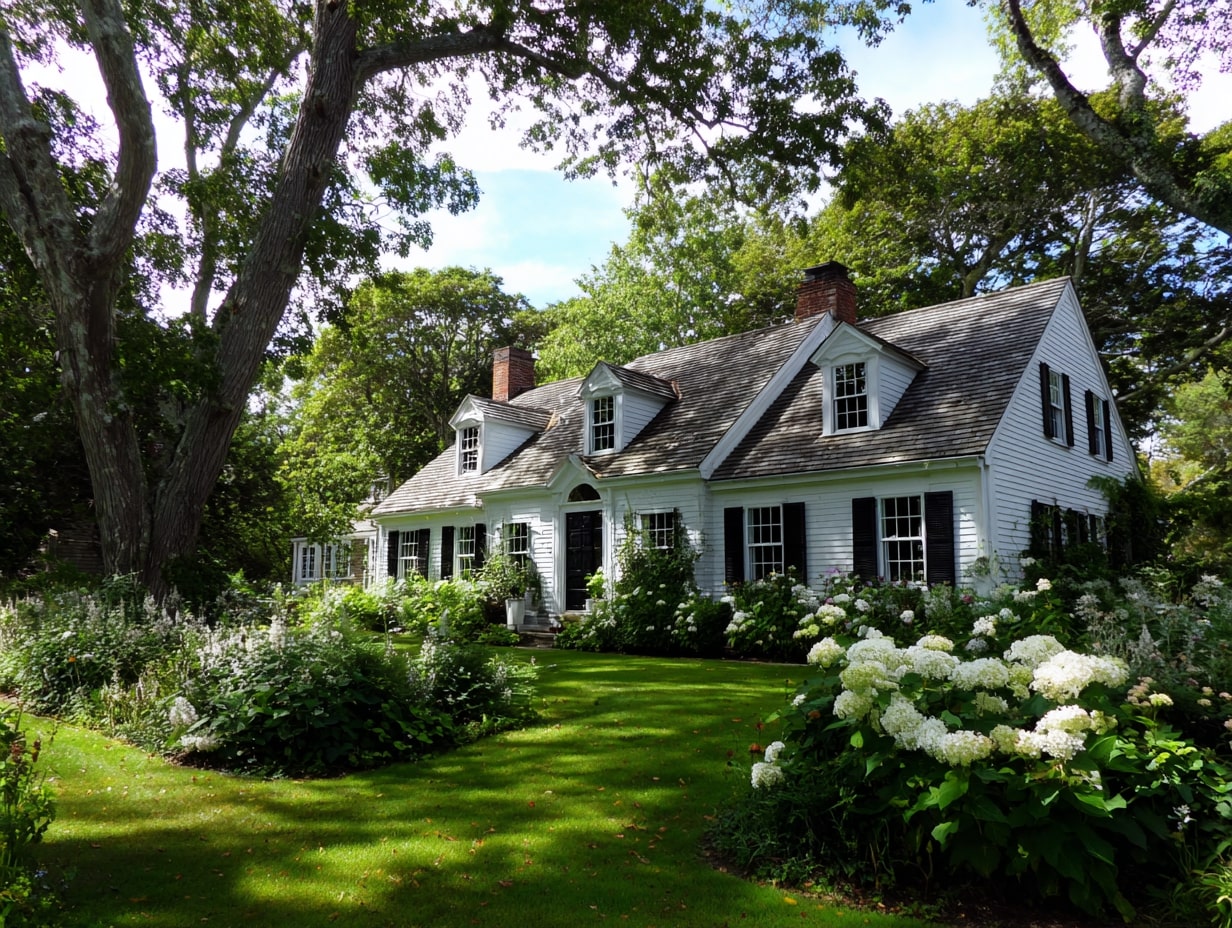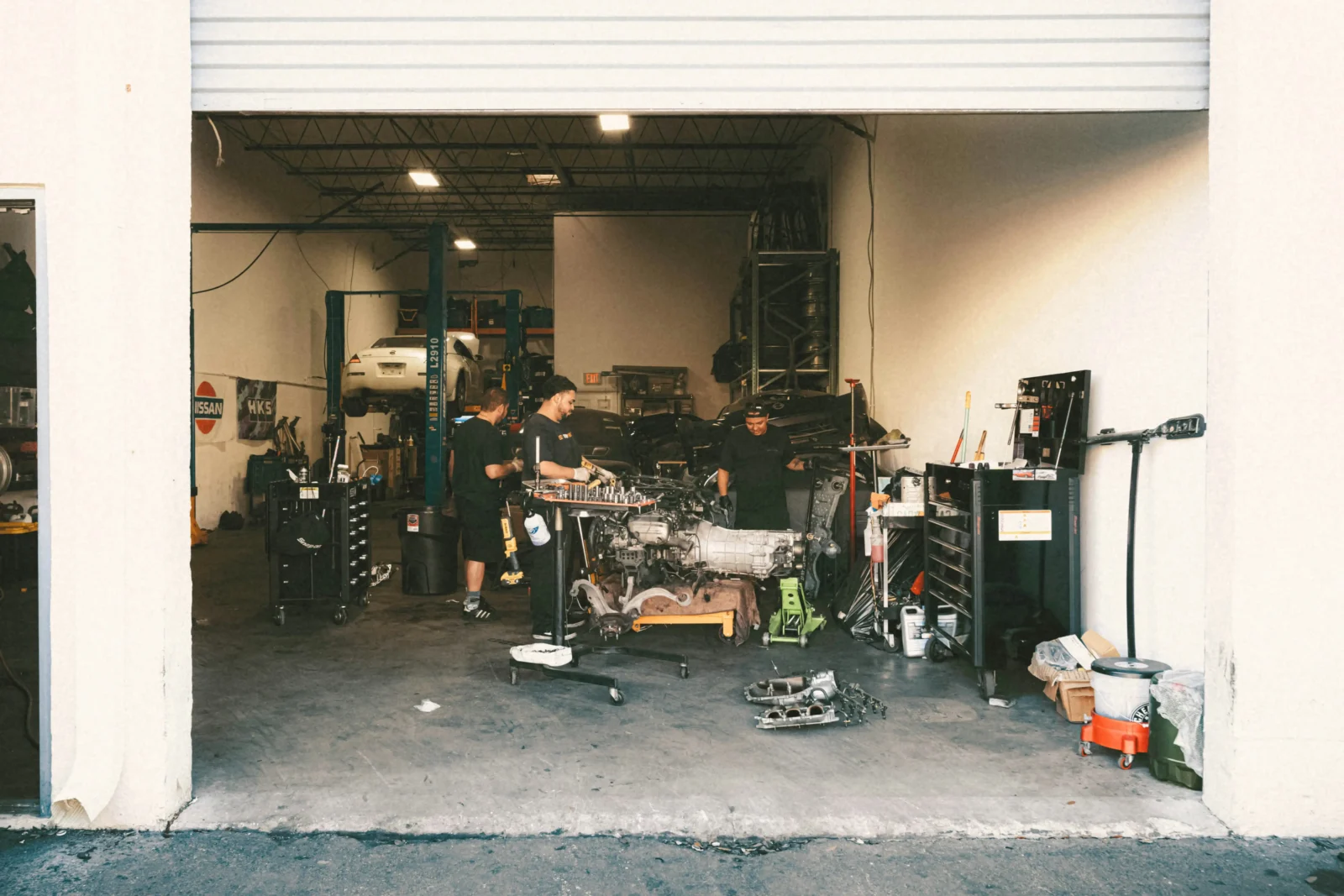- Home
- Articles
- Architectural Portfolio
- Architectral Presentation
- Inspirational Stories
- Architecture News
- Visualization
- BIM Industry
- Facade Design
- Parametric Design
- Career
- Landscape Architecture
- Construction
- Artificial Intelligence
- Sketching
- Design Softwares
- Diagrams
- Writing
- Architectural Tips
- Sustainability
- Courses
- Concept
- Technology
- History & Heritage
- Future of Architecture
- Guides & How-To
- Art & Culture
- Projects
- Interior Design
- Competitions
- Jobs
- Store
- Tools
- More
- Home
- Articles
- Architectural Portfolio
- Architectral Presentation
- Inspirational Stories
- Architecture News
- Visualization
- BIM Industry
- Facade Design
- Parametric Design
- Career
- Landscape Architecture
- Construction
- Artificial Intelligence
- Sketching
- Design Softwares
- Diagrams
- Writing
- Architectural Tips
- Sustainability
- Courses
- Concept
- Technology
- History & Heritage
- Future of Architecture
- Guides & How-To
- Art & Culture
- Projects
- Interior Design
- Competitions
- Jobs
- Store
- Tools
- More
The Sacred and the Spectacular: Architecture of Vatican City
Vatican City, the spiritual heart of the Roman Catholic Church, stands as a testament to centuries of architectural evolution, blending sacred purpose with artistic grandeur. Despite its modest size, this sovereign enclave boasts some of the world's most iconic structures, each narrating tales of faith, power, and artistic innovation.

Vatican City, the spiritual heart of the Roman Catholic Church, stands as a testament to centuries of architectural evolution, blending sacred purpose with artistic grandeur. Despite its modest size, this sovereign enclave boasts some of the world’s most iconic structures, each narrating tales of faith, power, and artistic innovation.
Architectural Features of Vatican City

The architectural tapestry of Vatican City is woven from diverse styles, reflecting its rich history and the myriad influences that have shaped it over the centuries. From the remnants of ancient Roman designs to the opulence of the Baroque era, the city’s structures encapsulate the evolution of Western architecture.
St. Peter’s Basilica, the crown jewel of Vatican architecture, epitomizes Renaissance and Baroque brilliance. Initiated in 1506 and completed in 1615, the basilica was the collaborative masterpiece of luminaries like Donato Bramante, Michelangelo, Carlo Maderno, and Gian Lorenzo Bernini. Its imposing dome, designed by Michelangelo, dominates the skyline, symbolizing the heavens’ reach towards Earth.

Adjacent to the basilica lies St. Peter’s Square, a grand open space framed by Bernini’s majestic colonnades. This elliptical piazza serves both as a welcoming embrace to pilgrims and a stage for papal ceremonies, embodying the Church’s universality and openness.
Beyond these monumental edifices, the Vatican Museums house an extensive collection of art and artifacts, showcasing the Church’s patronage of the arts and its role in preserving human history’s treasures.
The Sistine Chapel: A Confluence of Art and Architecture

Nestled within the Apostolic Palace, the Sistine Chapel stands as a beacon of artistic and spiritual significance. Commissioned by Pope Sixtus IV in the late 15th century, the chapel’s architecture draws inspiration from the biblical Temple of Solomon, emphasizing its sacred purpose.
Architecturally, the chapel is a rectangular hall measuring approximately 40.9 meters in length and 12.4 meters in width. Its unadorned brick exterior contrasts sharply with the resplendent frescoes that adorn its interior. The barrel-vaulted ceiling and six arched windows on each side allow natural light to illuminate the masterpieces within.
The chapel’s walls feature frescoes by Renaissance artists such as Sandro Botticelli, Pietro Perugino, and Domenico Ghirlandaio, depicting scenes from the lives of Moses and Jesus. However, it is Michelangelo’s contributions that have immortalized the chapel in art history. Between 1508 and 1512, he painted the ceiling, illustrating nine scenes from the Book of Genesis, including the iconic “Creation of Adam.” Later, from 1536 to 1541, he added “The Last Judgment” on the altar wall, a powerful depiction of the Second Coming and the final judgment of souls.

Beyond its artistic marvels, the Sistine Chapel holds profound ecclesiastical importance. It serves as the venue for the papal conclave, where cardinals convene to elect a new pope, underscoring its role as both a spiritual and administrative center of the Catholic Church.
In conclusion, Vatican City’s architecture is more than a collection of buildings; it is a narrative of faith, artistry, and human endeavor. Each structure, from the grandeur of St. Peter’s Basilica to the intimate sanctity of the Sistine Chapel, tells a story of devotion and creativity. Together, they form a sacred and spectacular landscape, inviting reflection and admiration from all who visit.
- Baroque Architecture
- Bernini Vatican
- Bramante architecture
- Christian architecture
- historic Vatican sites
- Michelangelo Vatican
- Papal architecture
- Renaissance architecture
- Sistine Chapel
- St. Peter's Basilica
- Vatican art
- Vatican cathedrals
- Vatican City architecture
- Vatican City attractions
- Vatican City history
- Vatican City landmarks
- Vatican City pilgrimage
- Vatican culture trip
- Vatican iconic buildings
- Vatican museums
- Vatican tours
Submit your architectural projects
Follow these steps for submission your project. Submission FormLatest Posts
Useful Tips for Planning A Backyard Layout That Feels Spacious
Creating a backyard that feels spacious can transform your outdoor experience, making...
American Architecture Styles That Shaped a Nation
Explore American architecture styles from Colonial to modern—key features, icons, and timelines...
How Environmental Planning Shapes Modern Architecture in Houston
Houston does not design buildings in a vacuum. Every structure rises inside...
Smart Steps for Repairing Your Garage
Keeping your garage safe and reliable is mostly about steady habits and...












Leave a comment